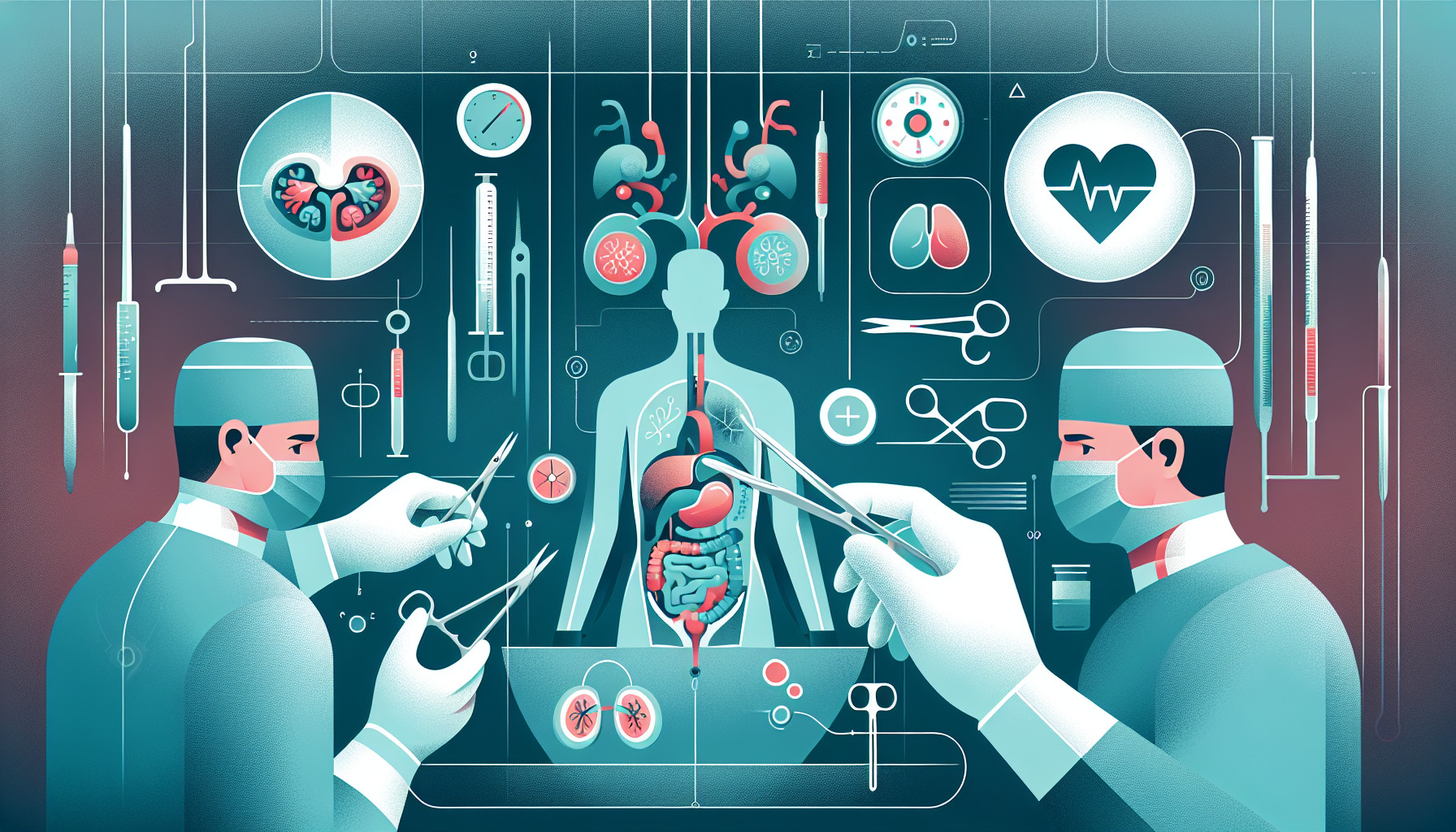Our Summary
This research paper discusses how new technology is changing the field of pediatric urology. Fluorescence-guided surgery, 3D imaging, and other innovative tools are helping doctors understand patient-specific anatomy better. These technologies are being used more and more in pediatric surgeries to help doctors see normal and abnormal structures in the body, which helps reduce complications and improve surgery results. This review looks at the main uses of these technologies in pediatric urology, including 3D reconstructions and printing, augmented reality devices, ultrasound enhancements, and intraoperative magnetic resonance imaging. The goal is to encourage the use and research of these technologies to benefit children’s health.
FAQs
- What new technologies are being used in pediatric urology and how do they help doctors?
- What are the main uses of 3D reconstructions, augmented reality devices, ultrasound enhancements, and intraoperative magnetic resonance imaging in pediatric urology?
- How can these new technologies in pediatric urology reduce complications and improve surgery results?
Doctor’s Tip
One helpful tip a doctor might tell a patient about pediatric urologic reconstruction is to ensure that their child follows all post-operative care instructions carefully. This may include taking prescribed medications, maintaining proper hygiene, attending follow-up appointments, and avoiding strenuous activities that could disrupt the healing process. Following these instructions can help prevent complications and promote successful outcomes after urologic reconstruction surgery.
Suitable For
Patients who are typically recommended for pediatric urologic reconstruction are those with congenital anomalies such as hypospadias, vesicoureteral reflux, bladder exstrophy, and posterior urethral valves. These conditions often require surgical intervention to correct abnormalities in the urinary tract and improve overall function. Additionally, patients with neurogenic bladder dysfunction, urinary incontinence, and other complex urological issues may also benefit from reconstructive surgery to improve their quality of life. Overall, pediatric urologic reconstruction is recommended for patients with a wide range of urological conditions that can be effectively treated through surgical intervention.
Timeline
Before pediatric urologic reconstruction:
- Initial consultation with a pediatric urologist to discuss the patient’s condition and treatment options.
- Diagnostic tests such as imaging scans, blood tests, and urine tests to evaluate the extent of the urologic issue.
- Pre-operative preparation which may include dietary restrictions, medication adjustments, and other instructions from the medical team.
After pediatric urologic reconstruction:
- Surgery to repair or reconstruct the affected area of the urinary tract.
- Post-operative recovery period in the hospital or at home, which may involve pain management, wound care, and physical therapy.
- Follow-up appointments with the pediatric urologist to monitor healing progress and address any concerns.
- Long-term management of the condition, which may include ongoing monitoring, medication, and lifestyle modifications to maintain urologic health.
What to Ask Your Doctor
- What specific surgical procedure will be performed for my child’s urologic reconstruction?
- What are the potential risks and complications associated with the surgery?
- How long is the recovery period expected to be, and what post-operative care will be needed?
- Are there alternative treatment options available for my child’s condition?
- Will my child require multiple surgeries or procedures in the future?
- How experienced are you in performing pediatric urologic reconstruction surgeries?
- What is the success rate of this type of surgery in children?
- Will my child need any additional imaging or testing before the surgery?
- How will the use of new technologies, such as 3D imaging or fluorescence-guided surgery, benefit my child’s surgery outcome?
- What long-term effects or implications should we be aware of following the urologic reconstruction surgery?
Reference
Authors: Paraboschi I, Mantica G, Minoli DG, De Marco EA, Gnech M, Bebi C, Manzoni G, Berrettini A. Journal: Int J Environ Res Public Health. 2022 Sep 6;19(18):11194. doi: 10.3390/ijerph191811194. PMID: 36141458
